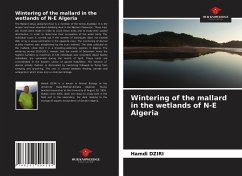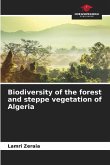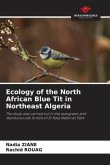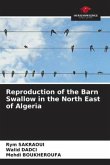The Mallard (Anas platyrhynchos) is a member of the family Anatidae. It is the largest and most abundant dabbling duck in the Western Palearctic. Three trips per month were made in order to count these birds and to study their spatial distribution, in order to determine their occupation of the water body. The individual count is carried out if the number of individuals does not exceed 200, or by a visual estimation in the opposite case. The monitoring of diurnal activity rhythms was established by the scan method. The data collected on the mallard, show that it is a breeding-sedentary species in Algeria. The wintering period 2010-2011, reveals that the month of December hosts the highest numbers (a maximum of 145 individuals was recorded). About twenty individuals are observed during the month of April. These birds are concentrated in the eastern sector of garaet Hadj-Tahar. The balance of diurnal activity rhythms is dominated by swimming followed by flying then sleeping and grooming. The rest is shared between feeding, parade and antagonism which show only a small percentage.
Bitte wählen Sie Ihr Anliegen aus.
Rechnungen
Retourenschein anfordern
Bestellstatus
Storno








